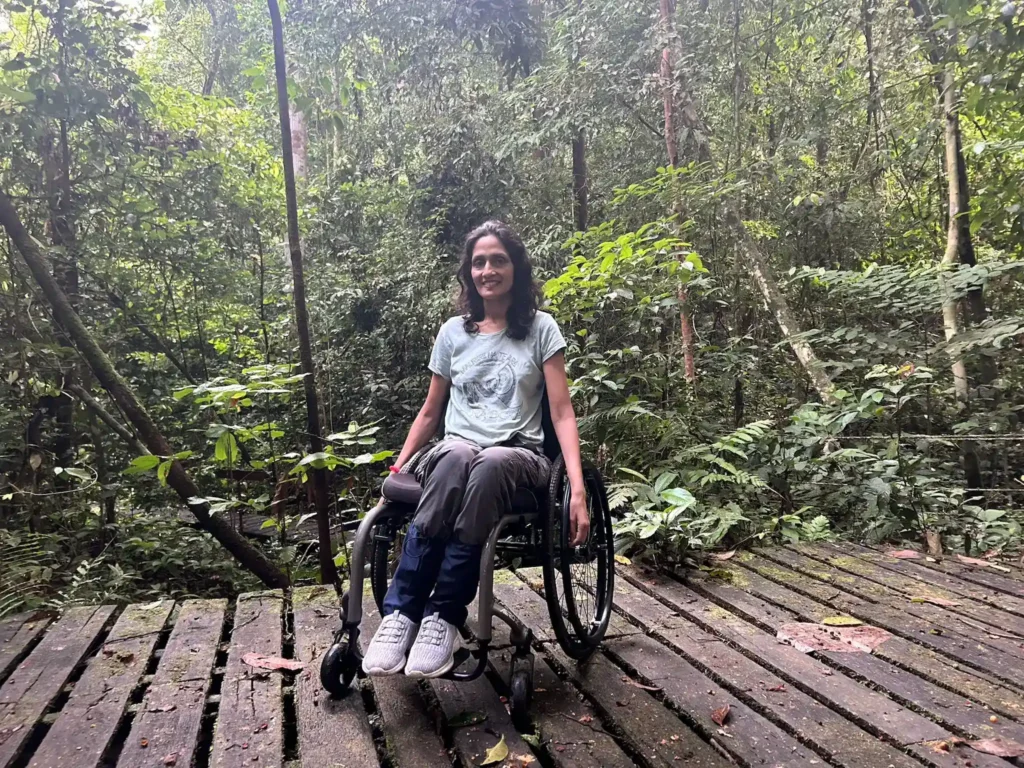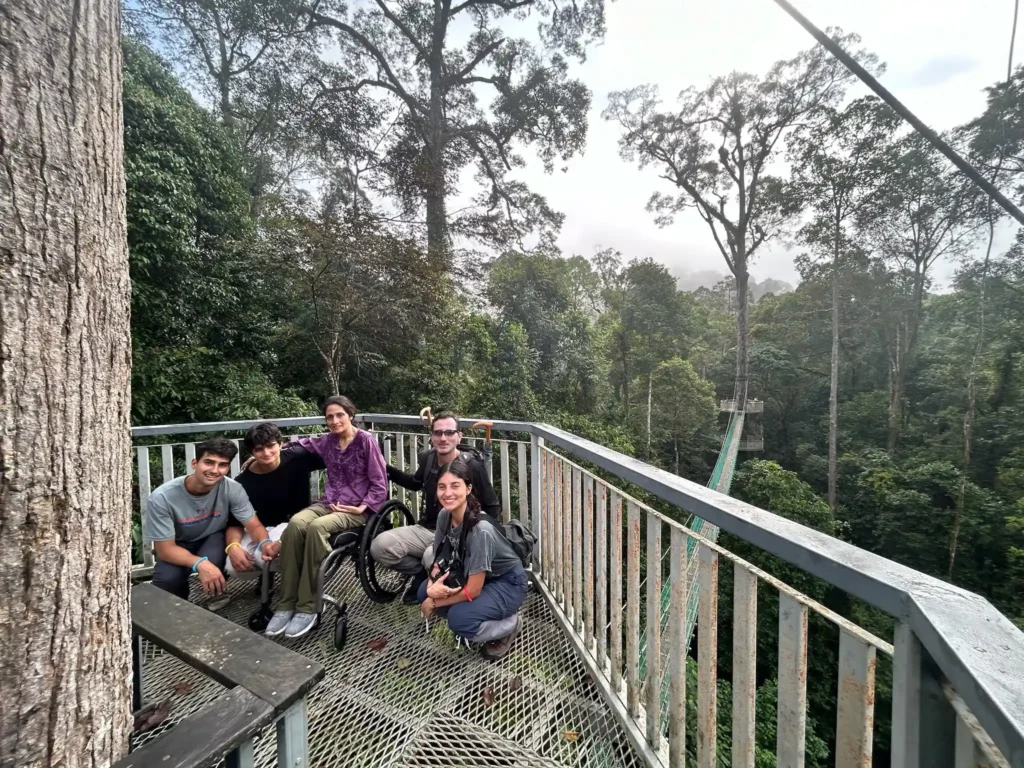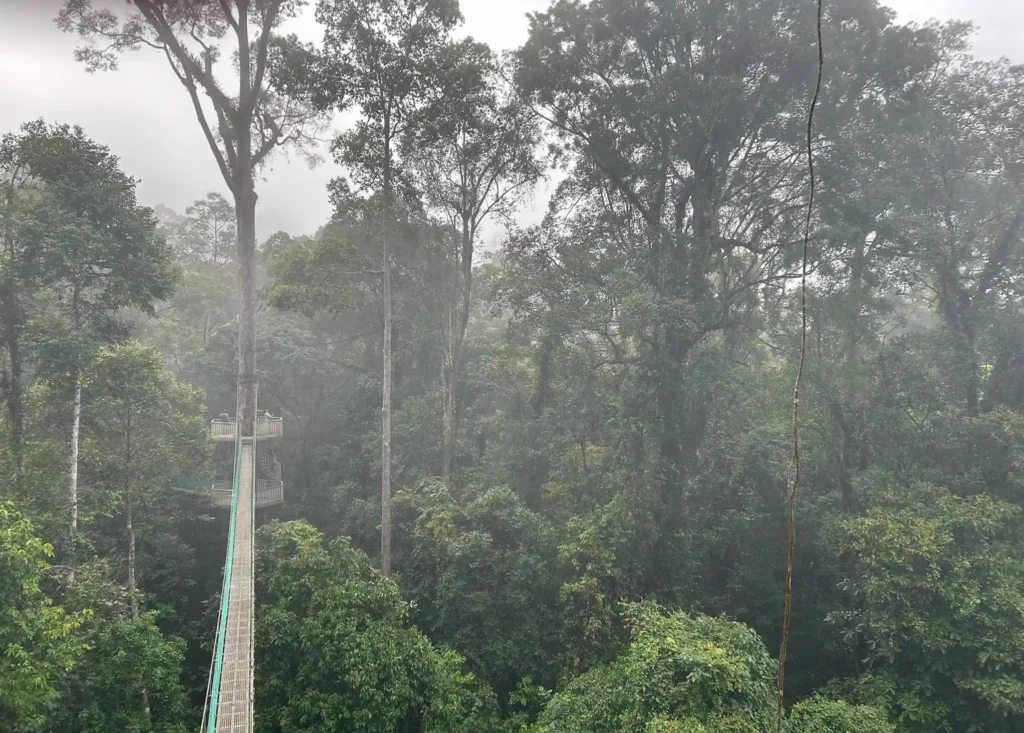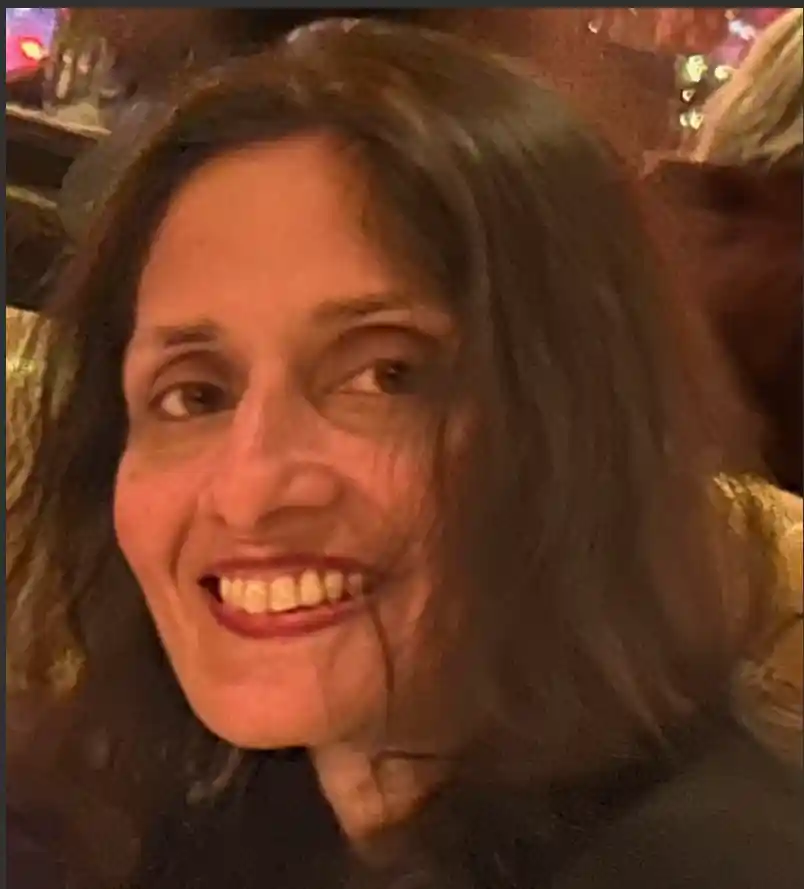
Listen to this Article
I dream of nature and wilderness travel: rainforests, ocean, savannah, falling asleep to jungle sounds at night and birdsong early in the morning. I have progressive multiple sclerosis with significant decline in physical ability. But while my abilities have changed my travel dreams have not.
I stubbornly hold on to my dreams of visiting the world’s wild unspoiled destinations. Borneo was always a particularly inspiring dream.
I experience intense joy in discovering new places and creating memories with my family further heightened by having a chronic health condition and disability. I have safari’ed in East Africa, explored lagoons in French Polynesia, adaptive biked in Hawai’i, and visited rainforests in Costa Rica and rice terraces in Bali. Borneo with its hidden valleys and elusive wildlife in deep, dense jungle was the most epic yet.

I began researching almost a year before our trip as I always do. Those of us with disabilities know much of the information out there is less than helpful. Some information was highly off-putting implying that infrastructure was so poor as to be impossible for people with disabilities. They weren’t entirely wrong: Borneo is an off the beaten path destination for nature and wilderness travellers and does not have the infrastructure that many North American tourists are used to.
Maybe so. That wasn’t going to stop me from chasing my dream.
Borneo was every bit as epic and magical as I imagined. I won’t deny it was hard. Our journey involved six flights, five cities, multiple long jeep drives, remote boat rides and seven different accommodations. Every step involved risk. Each plane ride posed potential uncertainty about my wheelchair. Long drives implied need for suitable toilet facilities. Each new lodge represented an unknown for accessibility. But with high risk comes high reward. Borneo is deeply mystical and awe inspiring. Imagine dense dipterocarp trees in an endless canopy of green and mists, brightly colored hornbills cawing as they fly over meandering rivers, macaques and orangutans swinging in the trees above quiet, endless rivers with pygmy elephants on the banks and, large crocodiles sunning themselves before disappearing underwater.
Travel like this is not for everyone. It involves risk, discomfort, and uncertainty. You never know what will happen to your wheelchair in the plane. You need to be okay with figuring things out as you go along. The best laid plans do not mean you will get the infrastructure you are used to at home. That is the stress of nature travel to a remote destination with a disability. But the reward is the awe of experiencing an unreally wild and beautiful destination and unbeatable memories.

Our trip had its hiccups. The flight from Singapore to Kota Kinabalu (Sabah, Borneo) insisted on checking my wheelchair and did not provide it at the gate. As with every flight I take I was firm about the need to protect it. As always, I boarded with nagging anxiety: the wheelchair is my legs, after all. I was met at the gate by an airport official with a wheelchair who whisked me through Malaysian Immigration at lightning speed (faster than I’ve ever been anywhere!) and got me to baggage claim where my wheelchair sat waiting. Getting to our National Geographic riverside lodge on the banks of the Kinabatangan River involved a three-hour boat ride with no restroom facilities en route. I had to speak up sufficiently early to request our driver find me a restroom–specifying the need for Western style toilets (as the prevailing squat toilets are too difficult with my weakened core and legs. I cannot afford to be embarrassed to speak up about my needs. These issues and more plant anxiety and fear in disabled travellers and cannot be glossed over.
Hotels, drivers, and guides were more than willing to help. This included manually lifting me and my wheelchair up steep boat ramps, finding workarounds to help me step up to high jeeps/vans and doing roundabout drives where necessary to find Western toilets. I found accessible infrastructure in the most remote of places. I have wonderful memories of adorable sun bears tussling in a dense forest at the Sun Bear Conservation Center in Sepilok which has a solid canopy walkway whereby a wheelchair can be rolled. The lodges in the remote Kinabatangan River and Danum Valley while not perfectly up to ADA made sincere efforts to adapt and assist me. Beds were sufficiently low for transfer from my wheelchair and there were either makeshift rails by the toilets or items I could grab. I was not as comfortable as in my fully accessible bedroom at home but, after all, I was not on the other side of the world to feel at home.

As far as I could tell I was the only person in sight in a wheelchair. This prompted curiosity and interest. Locals and tourists approached me to ask how I was managing. My trekking wheelchair elicited requests for photographs and questions. I hope that my unusual presence prompted some soul searching and new ideas. A memorable moment was one of our guides sharing his experience having a child with autism and the social struggle given attitudes towards disability. Another mentioned a relative who after a car accident requires a wheelchair and spends their time at home given the challenges going out. He felt inspired to encourage them to get out and about with his help, having seen the distance we had travelled and that it is indeed possible given help and adaptations. Borneo has the key ingredients for inclusive travel: warmth, hospitality, interest, and willingness to help. On my side, I needed to be clear about my needs. I had to speak up and be willing to ask for and accept help.
Just because it is harder is not a reason to not do something. If travellers like me do not travel, the industry—and society—will never change. The more of us who are out there exploring and showing up with our disabilities, the easier it will get for all of us over time. And the reward of exploring a remote new locale and building memories with your family or friends is priceless.
No one should have to give up their dreams — especially not those of us who deal with the added challenge of disability. We must perhaps work harder to attain those dreams but that makes the experience all the more powerful and rewarding. It was challenging to travel to Borneo but I would do it again wholeheartedly. I’ll never forget the mists in the Danum Valley at sunrise, the call of the rhinoceros hornbills every sunrise and sundown, seeing the proboscis monkeys, macaques and orangutans’ acrobatics in the jungle, observing a herd of pygmy elephants disappear into the forest, and the mist in the rainforest at dawn. These are some of my dearest memories and they create a happiness which MS and disability lurking in the background can never take away.
Jan’s Borneo recommendations

